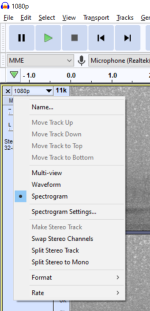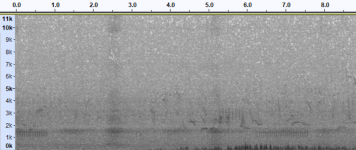Alexander Stöhr
Well-known member
Hello,
please help with that call. A Pool Frog? Didnt sounded exactly right, but I am far from an expert.
Yes, you are right: I am hoping for a Baillons Crake ... (but comparing it to xeno-canto, this doesnt seems to be right?)
Fishing Ponds Reckahn, NE-Germany, 09.05.2023)
Thanks for ID!
please help with that call. A Pool Frog? Didnt sounded exactly right, but I am far from an expert.
Yes, you are right: I am hoping for a Baillons Crake ... (but comparing it to xeno-canto, this doesnt seems to be right?)
Fishing Ponds Reckahn, NE-Germany, 09.05.2023)
Thanks for ID!








